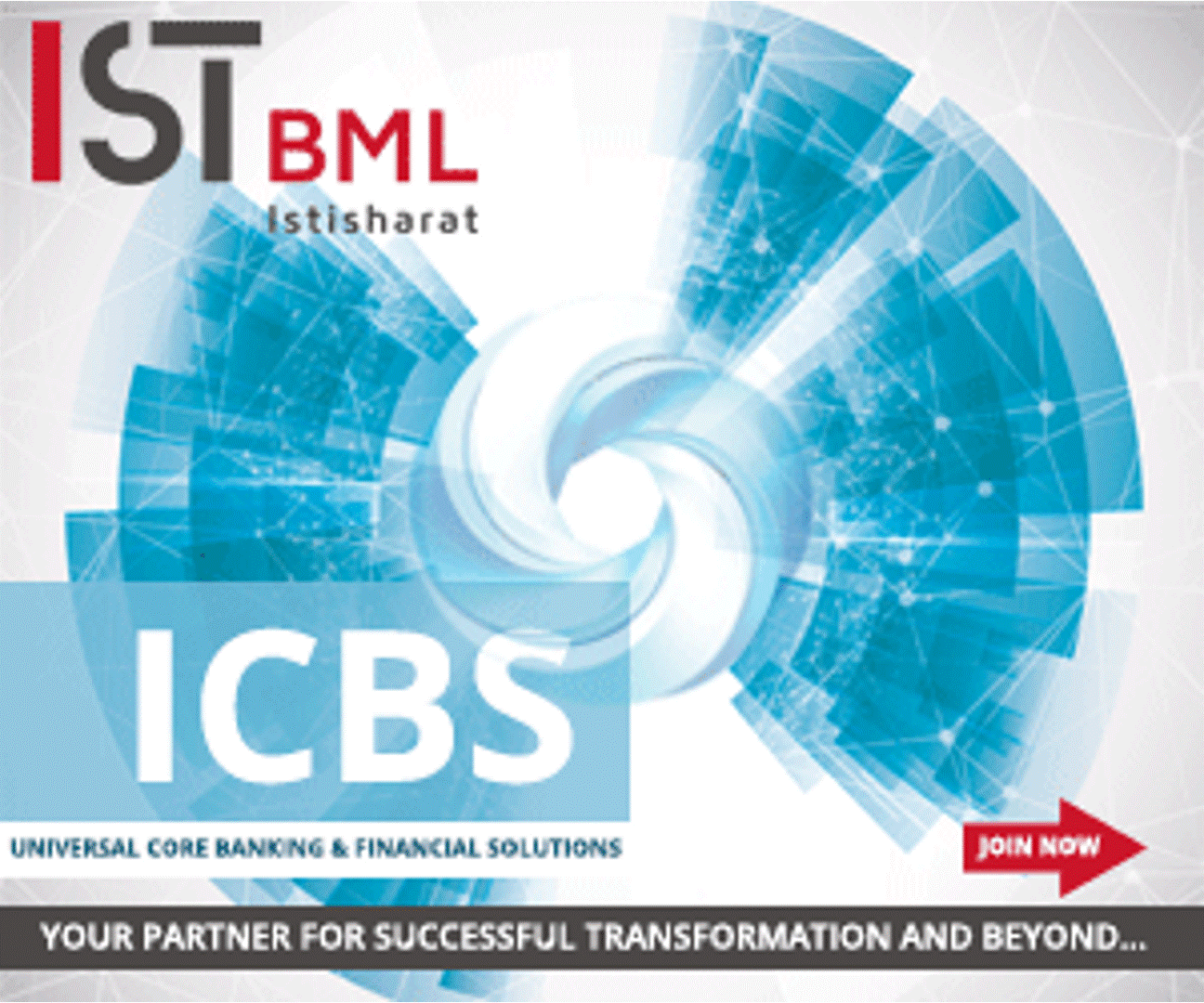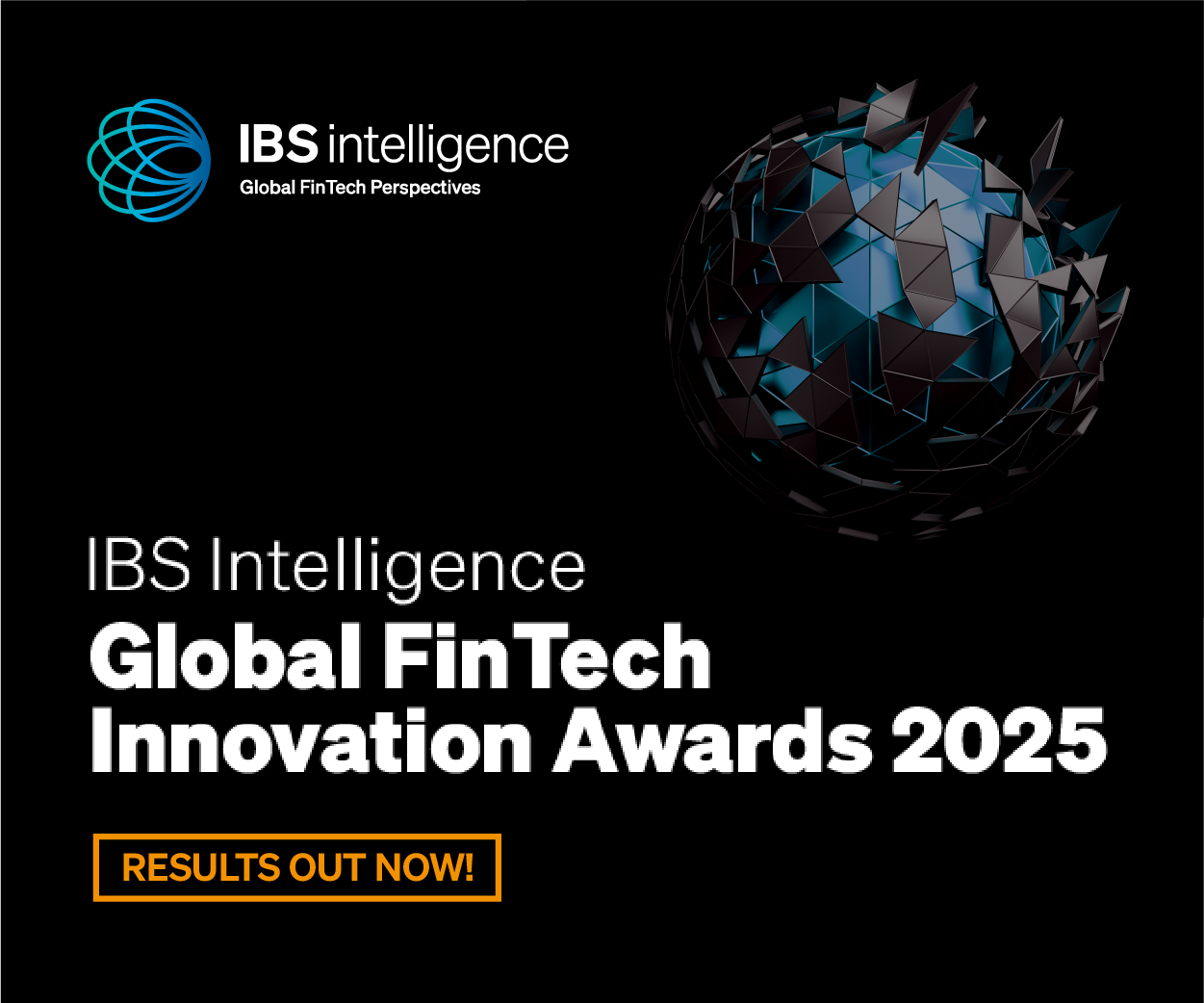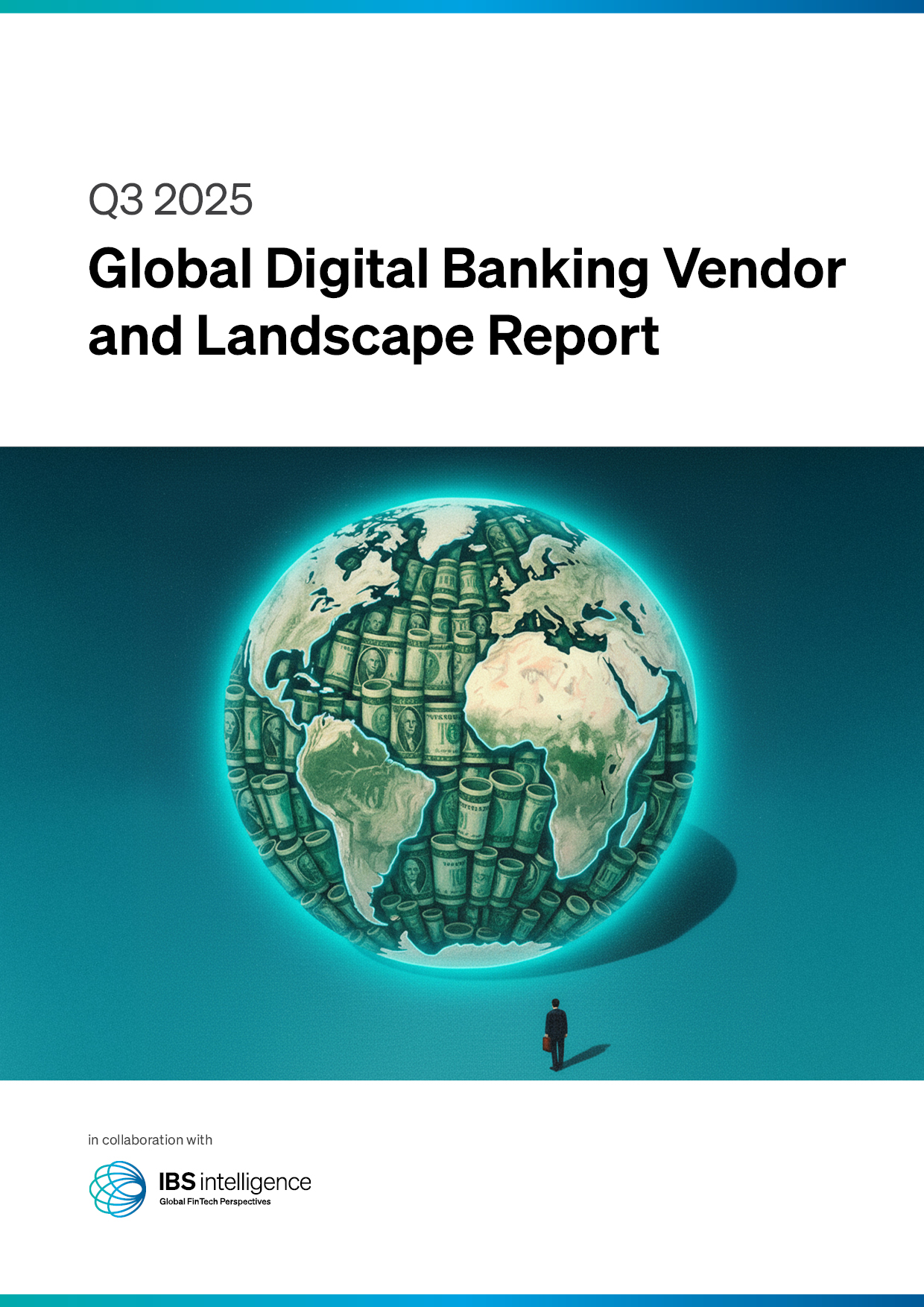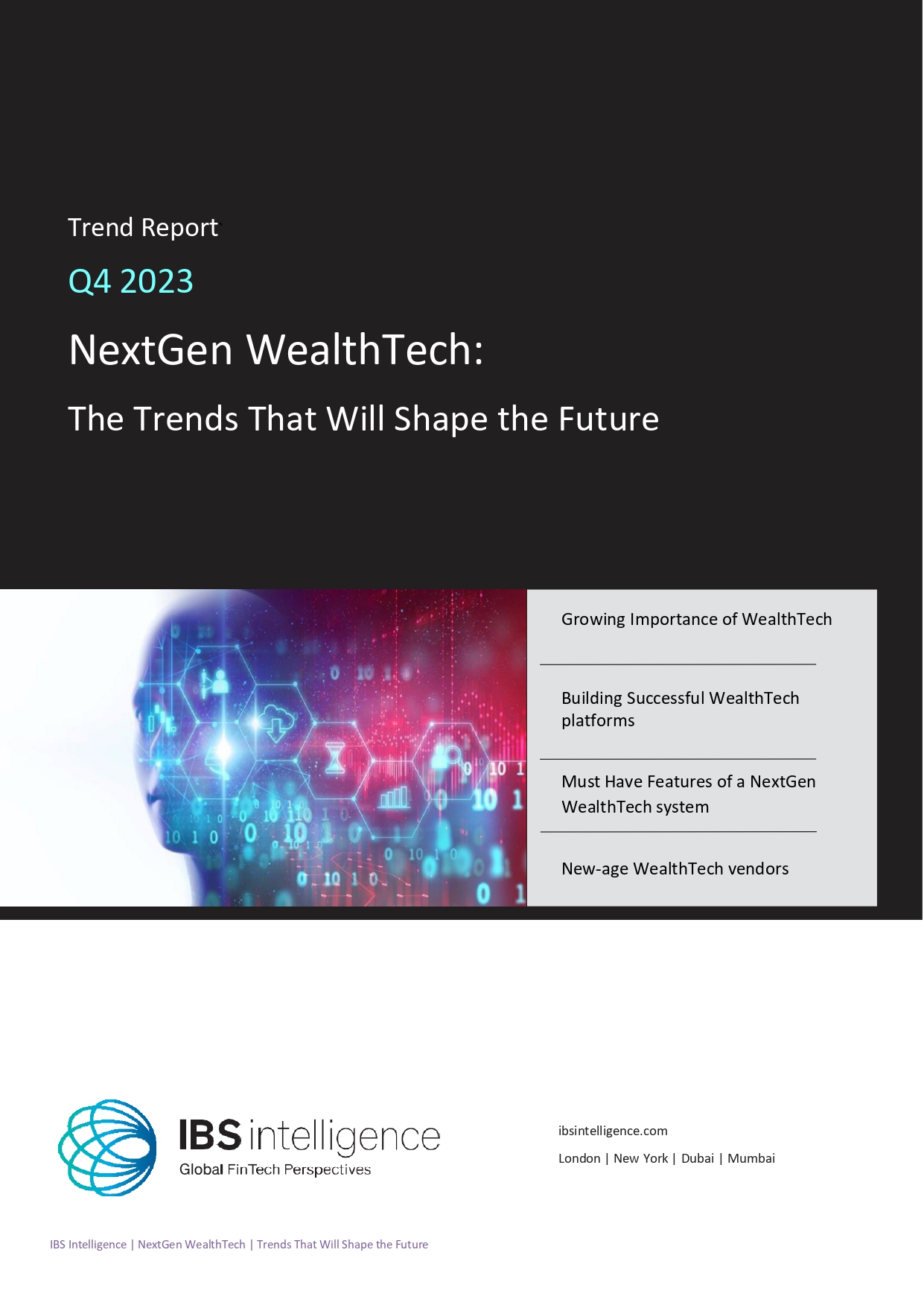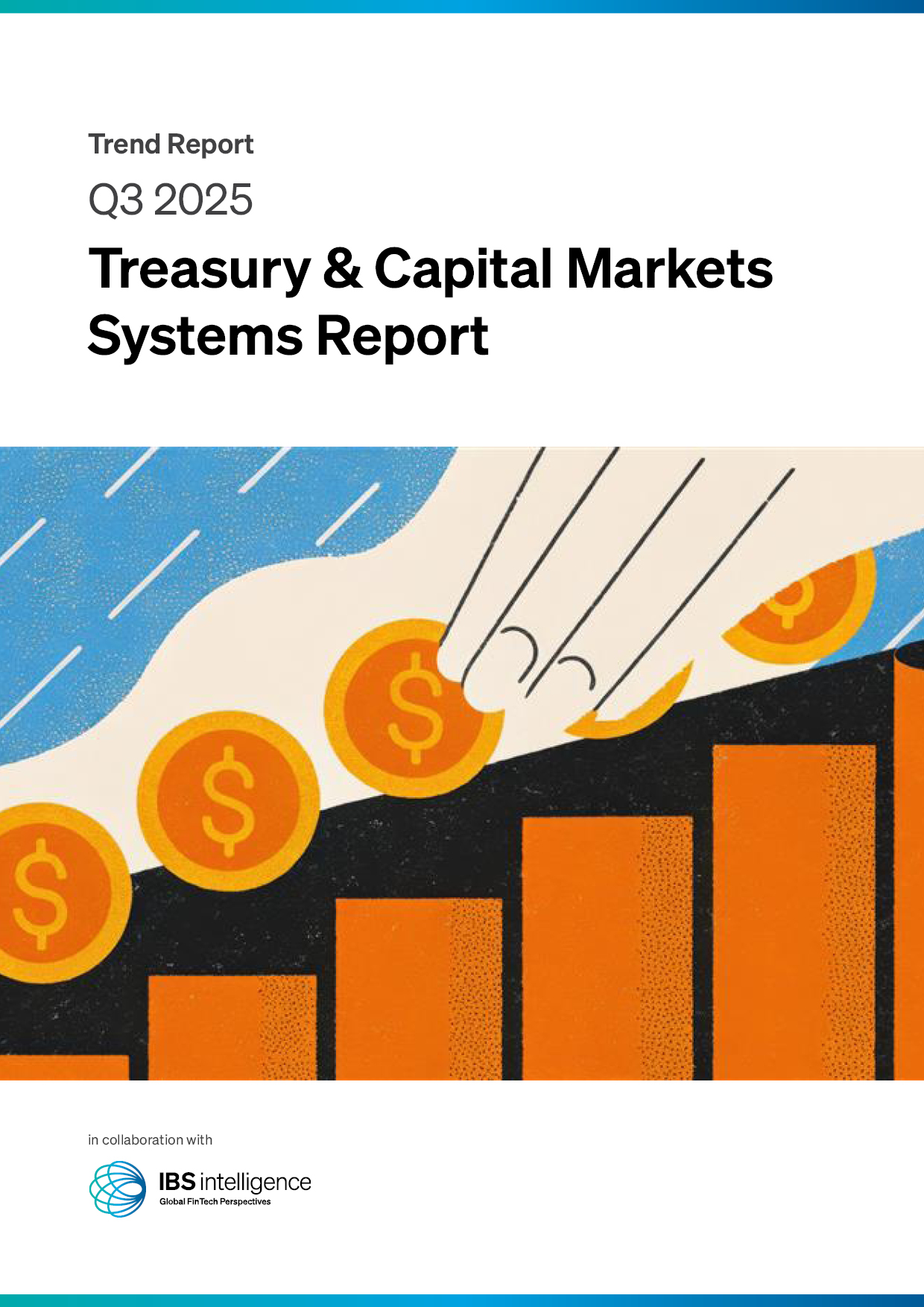 Back
Back
How is LendTech transforming the banking experience?
By Puja Sharma
Banking and Lending services when provided digitally are called LendTech. Customers can now manage their finance online, moreover, digitally maneuver the process without having to physically visit bank branches for loan approvals.
Through the years, the process has been refined so that it is now quicker for both borrowers and companies. In the FinTech era, many companies have incorporated lending as part of their services, providing a convenient and speedy experience to consumers. A common type of lender is a bank or credit union, but other types include:
Peer-to-peer (P2P) lenders
With the capability to operate entirely online, P2P lenders connect borrowers with investors who finance loans. Borrowers can now obtain loans directly from lending companies like Upstart, Lending Club, and SoFi without having to appear in person.
Like P2P lenders, people with money can give it to people in need through crowdfunding contributors. Funds are raised from a group of donors using this method of collecting money. A crowdfunding campaign is usually conducted by people who have an interest in a business. This can include friends, family members, investment groups, and individual investors, according to the report by Storm2.
FinTech companies are finding a variety of ways to lend, which implies that the market is constantly changing. Despite being nascent and untapped, alternative lending has a huge potential in contributing to the growth of small businesses worldwide. Businesses are increasingly looking to make the customer experience seamless, which means collaborating with banks, FinTechs, and other technology companies.
AI and data analytics have made it easier for small businesses to access FinTech lending. Traditional lenders consider several factors, including liquidity, credit score, and tax returns. The data needed to support a loan request for many small businesses may be insufficient at the beginning of their growth. The use of real-time data and the analysis of other data points have helped small credit lenders expedite the processing of credit applications. New opportunities are being presented to previously declined businesses.
In addition to reducing the processing time for many lending functions, FinTech apps have enabled better interest rates, more accurate results, and more fair approvals. Several FinTech lending platforms use a P2P platform that allows for all transactions to take place virtually.
Data and open banking can also be used by lending apps to gather accurate information about the borrower’s financial habits. With this method, lenders have a clearer picture of their creditworthiness without prejudice.
What is the future of LendTech?
A holistic approach to digitalisation- While customers still prefer human guidance, the newer generation prefers automation and chatbots for their banking needs, and with LendTech such day-to-day banking experience is getting seamless.
Future Collaborations – Banks and financial institutions are already partnering up with FinTechs and Tech vendors to provide an end-to-end customer experience, this will continue to grow within the lending ecosystem.
Accenture found that FinTechs typically have lower operating costs, but they also have high marketing costs and low customer acquisition rates. In the future, FinTech lenders may form partnerships with traditional banks or acquire traditional banks.
IBSi FinTech Journal
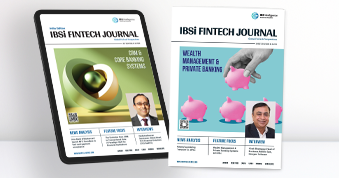
- Most trusted FinTech journal since 1991
- Digital monthly issue
- 60+ pages of research, analysis, interviews, opinions, and rankings
- Global coverage


